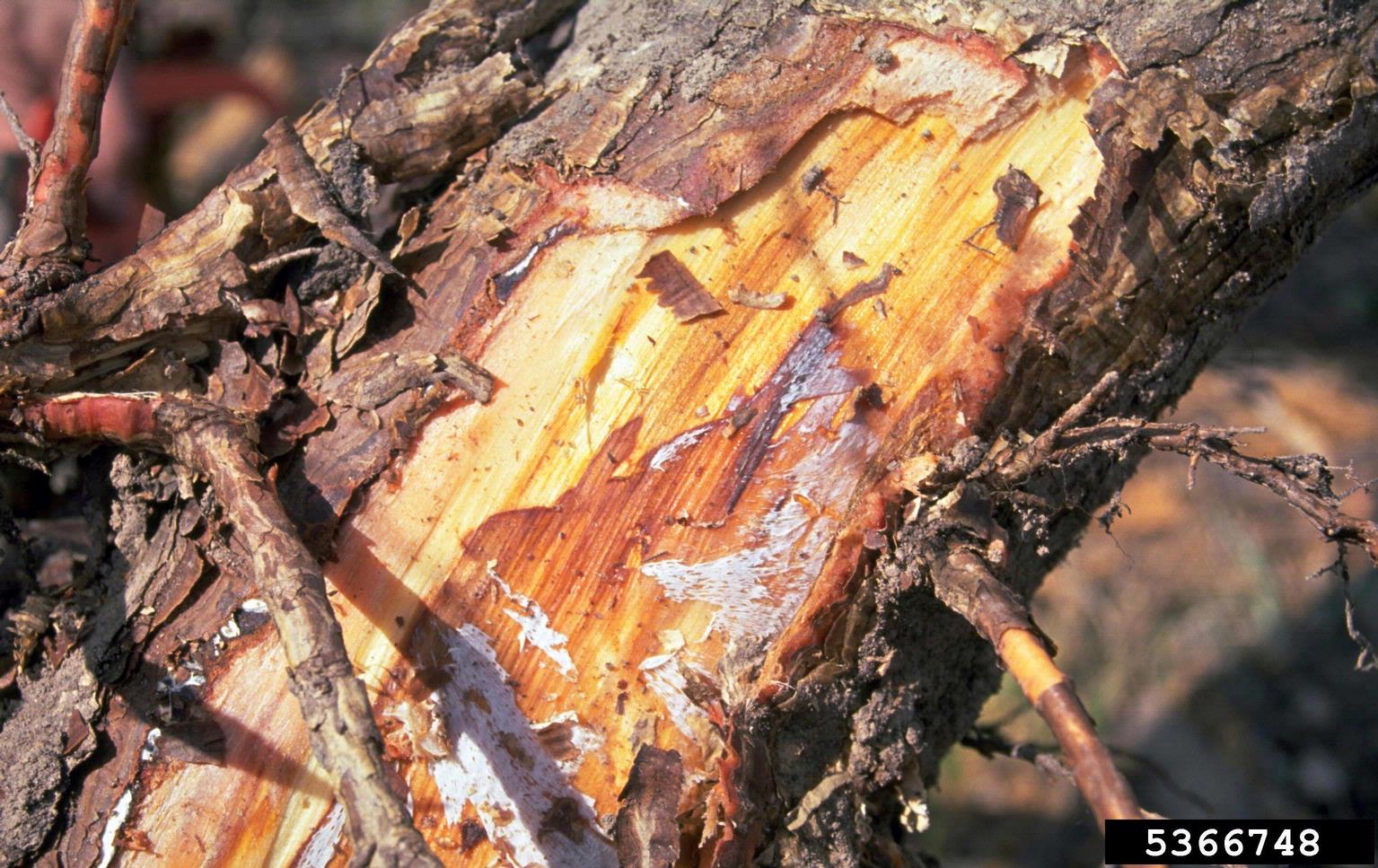Armillaria Root Rot Control – Learn About Treatment For Armillaria Root Rot


Gardeners know that any manner of disease can befall their prized plants. In the case of Armillaria root rot, fungi are the underlying cause, and the disease can be fatal. Armillaria root rot symptoms can by sly, starting out slowly with slowed growth and culminating with wood rot and mortality. Recognizing the disease and implementing a process of Armillaria root rot control can slow the disease. More information can be found by reading the article below.
What is Armillaria Root Rot?
Armillaria affects many ornamental and edible plants. What is Armillaria root rot? The disease is found throughout the temperate and tropical regions of the world. Symptoms can be difficult to identify because the fungus responsible for the disease attacks roots deep in the soil. Once the disease has started to progress, it can be difficult or even impossible to arrest its effects. Armillaria stems from its mycelium harbored in the earth. The disease can persist for many years before above-ground symptoms emerge. Typical Armillaria root rot symptoms can vary from species to species, making the disease even more difficult to nip in the bud. Additionally, the fungus spreads in groves or stands of trees from plant to plant through rhizomorphs, very similar to root rhizomes. It can also spread when mechanical soil movement occurs and transfers diseased wood chips. This makes the disease that much more insidious and challenging to manage.
Armillaria Root Rot Symptoms
One of the first symptoms of the disease is usually wilted, limp foliage. Leaves or needles yellow and fall, while upper limbs experience die-back. Definite diagnosis of the disease may involve cutting into the cambium of the affected tree. The fungus appears in cambium as whitish in color and has a distinctly mushroom-like odor. Affected conifers may develop a bumper crop of cones, known as stress cones, and any sick tree is prone to attack by other diseases and insect pests. Among the more interesting Armillaria root rot facts, is its natural presence in soil and symbiotic relationship with affected trees. Plants under environmental stress, other disease issues, and in incorrect sites will be more quickly symptomatic than trees in excellent health. Armillaria root rot control depends upon early recognition of symptoms and superior cultural care of diseased plants.
Treatment for Armillaria Root Rot
Sadly, there is no absolute treatment for Armillaria root rot. The disease can be managed by the consistent removal of dead trees and infected stumps. Armillaria requires consistent moisture to survive, and in citrus groves, excavation around the root crown has been an effective deterrent but not an ultimate cure. Providing excellent care to trees has been shown to increase vigor and health, thereby reducing the plant's symptoms. In large scale forests, affected stands are often removed and replanted with species that are naturally resistant to the disease. Occasionally, chemical fumigants are applied, reducing the spread of the disease. This practice isn't practical for the home gardener, so cultural management, removal of infected plant material, and good sanitation seem to be the best options in the home landscape.
Sign up for the Gardening Know How newsletter today and receive a free copy of our e-book "How to Grow Delicious Tomatoes".

Bonnie Grant is a professional landscaper with a Certification in Urban Gardening. She has been gardening and writing for 15 years. A former professional chef, she has a passion for edible landscaping.